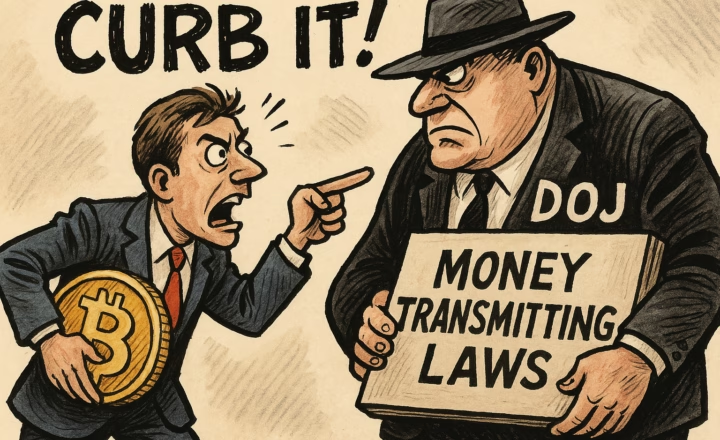Why Bitcoin Dropped Below $94,000
Bitcoin’s price action over the past few weeks reflects a complex interplay of macroeconomic factors, shifting market sentiment, and global liquidity constraints, placing the leading cryptocurrency under significant short-term pressure.
$249M in Bitcoin Longs Liquidated in Just 24 Hours
According to market data, approximately $249 million worth of long positions were liquidated on Tuesday as Bitcoin dropped to an intraday low of $96,891. The plunge was catalyzed by a sharp rise in the 10-year U.S. Treasury yield following a stronger-than-expected Purchasing Managers’ Index (PMI) report from the Institute for Supply Management. The December PMI for the private service sector hit 54.1, exceeding forecasts and fueling inflation concerns.
Additionally, the recent hacking incident involving Bybit has contributed to the negative market sentiment. The attack led to the loss of millions of dollars in user funds, raising security concerns and shaking investor confidence in centralized exchanges. This event further accelerated the sell-off, as traders sought to move their assets to safer alternatives or liquidate positions to mitigate risk.
Market Reactions and Stock Market Impact
The ripple effects were evident in U.S. equities. The tech-heavy Nasdaq-100 index fell 1.3%, the S&P 500 slipped by 0.57%, and MicroStrategy’s shares plunged nearly 9%.
Despite these concerns, some analysts downplayed the inflation fears, suggesting the data may not translate into long-term trends. They noted that PMI indices often experience fluctuations that do not necessarily impact inflation numbers in a sustained manner.
Strengthening Dollar and Bitcoin’s Struggles
Adding to Bitcoin’s challenges is the strengthening U.S. dollar, which has emerged as a focal point in market dynamics. Some analysts pointed out that the Dollar Index (DXY) unexpectedly surged after the Federal Reserve’s recent press conference, breaking multi-year resistance levels despite a 25-basis-point rate cut. Traditionally, a rate cut would be expected to weaken the dollar, making this move an anomaly.
The dollar’s rise underscores global liquidity constraints and heightened demand for safe-haven assets, weighing on Bitcoin’s upward momentum. While long-term optimism remains, the current environment favors a downside correction in the short term. Analysts note that bull markets often include periods where the probability of a downside move increases temporarily, presenting opportunities for traders.
Future Outlook and Key Considerations
Market analysts also highlight structural risks looming in January, including the U.S. Treasury potentially hitting its debt limit mid-month. This could trigger market volatility as discussions around the issue intensify.
Despite short-term headwinds, favorable regulatory narratives and strategic opportunities remain key factors shaping Bitcoin’s trajectory. Short-term dips can present buying opportunities for investors, though market timing remains a challenge.
Looking ahead, Bitcoin’s performance will likely depend on macroeconomic trends, including Federal Reserve policy, the strength of the U.S. dollar, and evolving regulatory developments. While volatility persists, long-term optimism among crypto proponents continues to underpin the broader market outlook.










